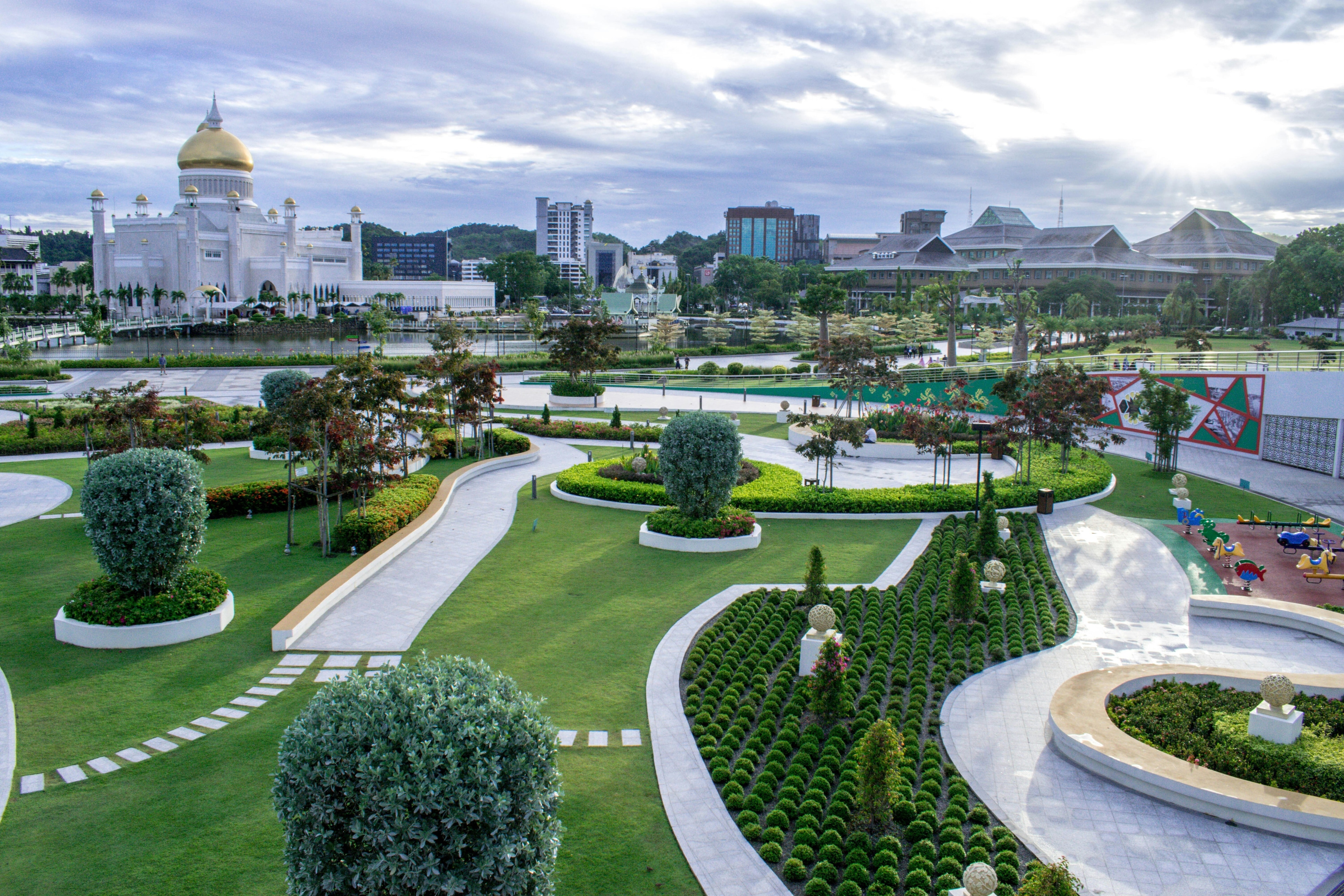Schistosomiasis affects 240 million people. Here's how we can eliminate it

Cercariae Trichobilharzia szidati, the microscopic parasite that causes bilharzia (schistosomiasis)
Image: Tomas Machacek / Creative Commons
Stay up to date:
SDG 03: Good Health and Well-Being
- Schistosomiasis, also known as bilharzia, is a neglected tropical disease that kills 200,000 people a year worldwide.
- It is treatable and could be eliminated.
- We can do so with commitment, persistence and – most importantly - cross-sector collaboration.
Neglected tropical diseases (NTDs) affect the lives of more than 1 billion people worldwide and represent an often-overlooked global health burden that translates into lost opportunities – and lost lives. NTDs are often called diseases of poverty because they affect those poorest populations whose living conditions are most challenging and which are characterized, for example, by lack of clean water access, malnutrition and inadequate health systems.
Schistosomiasis, also known as bilharzia, is recognized by the World Health Organization (WHO) as one of 20 NTDs which require particular attention. It is a water-borne disease caused by parasitic worms specifically affecting children – it can impair their growth, learning capabilities and lead to life-threatening conditions. More than 240 million people worldwide require treatment and it is estimated that around 200,000 die from complications each year.
Schistosomiasis is a treatable disease. This year, however, our best efforts to manage COVID-19 have created barriers in treating those affected by schistosomiasis – as well as other NTDs. Lockdowns have made treatment delivery in rural areas, and mass drug administration, more complex than ever before. This will inevitably continue to negatively impact communities and countries on both societal and economic levels.
Solving global health challenges
Schistosomiasis is not only treatable, it can also be eliminated. To this end, the WHO is going to launch a '2030 NTD Roadmap', providing guidance and a clear agenda for the elimination of NTDs like schistosomiasis over the next decade. This roadmap sits as the overarching umbrella, guiding a large number of committed experts, private and public institutions as well as companies like Merck to concert their efforts and achieve the challenging elimination target. As Mwelecele Ntuli Malecela, Director of the Department of Control of Neglected Tropical Diseases ate WHO, puts it: “The power behind the roadmap is togetherness”. I couldn’t agree more; we are stronger together, and now is the time to rally to see tangible results in the future.
Solving global challenges takes sustained commitment and perseverance – a willingness to look, listen and take stock to do things better. Three years ago, I witnessed first-hand the impact of schistosomiasis on communities in Sub-Saharan Africa. The lasting impact of this visit led me to feel personally convinced of the importance of the work that is being done and still needs to be done to tackle this disease. At the same time, it reinforced our commitment to combat and eliminate schistosomiasis, through an integrated and coordinated approach in severely affected populations and communities.
The power of collaboration
Over the years, Merck has provided 1.3 billion tablets, in partnership with the WHO, for the treatment of schistosomiasis. This translates to 520 million enabled treatments of school-aged children in Sub-Saharan countries where schistosomiasis is endemic. To ensure that all the efforts can be sustained, we continue to commit up to 250 million tablets per year for the treatment of this neglected tropical disease until elimination has been achieved. The hard, tenacious work of healthcare professionals on the ground, guided by the WHO and performed by local health authorities, has led to countless lives being saved. Together with our partners, I am proud of our sustained commitment and the tangible effect it has in the affected communities across Sub-Saharan Africa. To see progress and positive change gives me hope for a brighter future.
What is the World Economic Forum doing about epidemics?
For the elimination of schistosomiasis to become reality, we will need to implement concerted, integrated health solutions and innovations. We will continue to collaborate with strong, reliable partners to lead and implement multi-pronged programmes in the regions in which the disease is still prevalent. This strategic approach allows for more targeted and efficient treatment – and for long-term positive impact. It works like a virtuous circle that begins with the identification of disease hotspots; this enables optimised medicine distribution, which in turn reduces medicine wastage. It also includes tailored health education campaigns on schistosomiasis prevention and water, sanitation and hygiene (WASH) initiatives appropriate for the affected areas. In parallel, we will continue to employ our scientific expertise to pave the way for innovative breakthroughs in the field of schistosomiasis management – including diagnostics tools and a new medicine formulation for very young children. The conjunction of these measures results in targeted, successful disease reduction and subsequent elimination.
Today more than ever, it is important to keep fighting schistosomiasis and other NTDs – to leverage the strengths and knowledge of one another, to innovate, to improve access to health, and to ensure no one is left behind.
Don't miss any update on this topic
Create a free account and access your personalized content collection with our latest publications and analyses.
License and Republishing
World Economic Forum articles may be republished in accordance with the Creative Commons Attribution-NonCommercial-NoDerivatives 4.0 International Public License, and in accordance with our Terms of Use.
The views expressed in this article are those of the author alone and not the World Economic Forum.
Related topics:
Forum Stories newsletter
Bringing you weekly curated insights and analysis on the global issues that matter.
More on Health and Healthcare SystemsSee all
Mohammad Isham Jaafar and Gong Yingying
July 22, 2025
Shyam Bishen
July 17, 2025
Michael Johnson
July 14, 2025
Jayasree K. Iyer
July 9, 2025
Sharmishta Sivaramakrishnan
July 9, 2025






